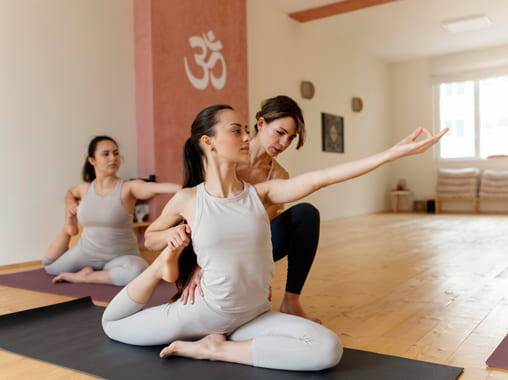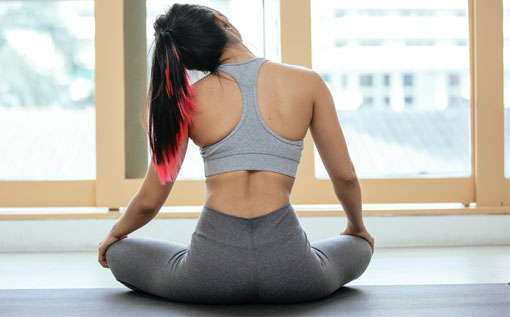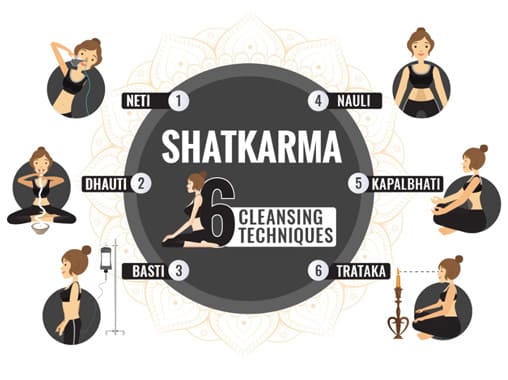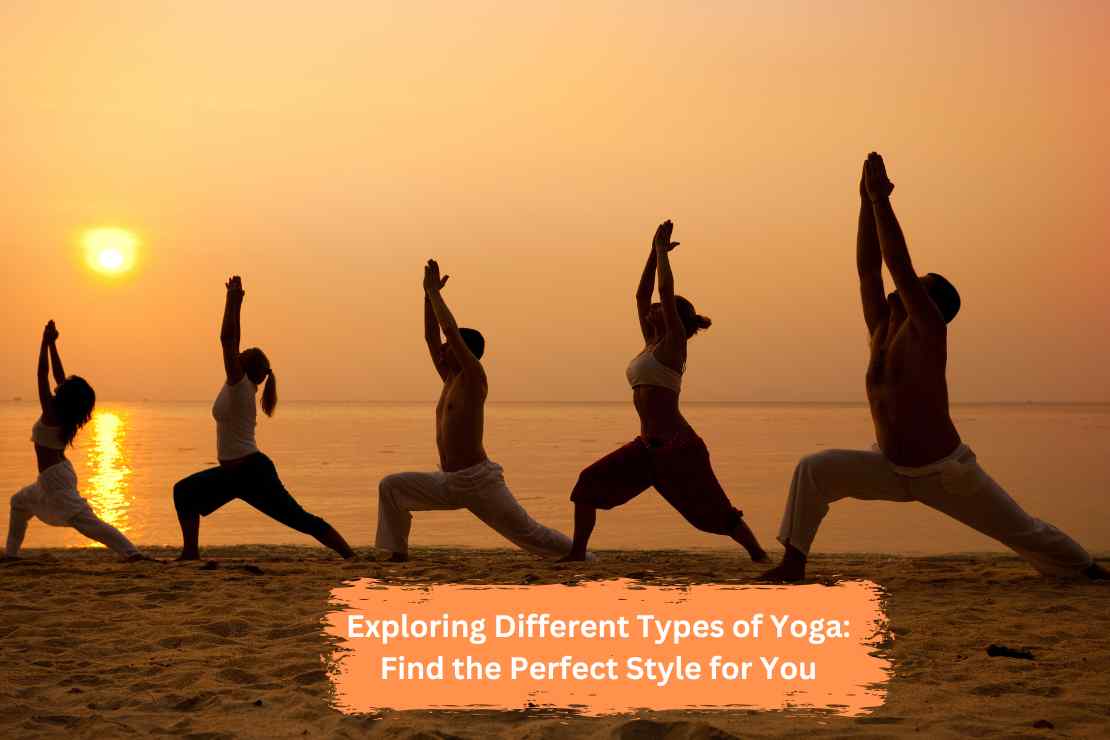
India is a land of ancient practices. Out of these, yoga is also one of them, which does not require any introduction. It has gained immense popularity in the world, with several benefits that include mental and physical well-being. People recognize yoga as specific for improving and strengthening mental and physical well-being. But it goes beyond that.Yoga is a one-stop therapy for all your physical and mental problems. Whether you want to release your fatigue, want to rejuvenate yourself at the age of 50, or want to find yourself from the inner or outer side, everything can be achievable with yoga practices.
- But how to do yoga?
- Which type of yoga is to be performed for which type of problem?
- How do you choose the right yoga for yourself?
Well, in this article, you will see different types of yoga. Which yoga to pick for yourself if you are a beginner, intermediate, or expert?
Understand everything in the listed article below.
Benefits of Yoga
Before you understand which yoga style is to perform in which scenario. Understand first why you need to do yoga. How it can benefit your body.
1. Feel a New Strength In Your Flexibility
When you start performing yoga with different postures, then it will stretch your muscles, which increases your flexibility and strengthens your muscles.
2. Your Stress Level Reduces
Well, yoga is all about controlling and focusing on your breath. Once you attain mastery over it, your nervous system learns how to stay calm and starts releasing hormones that are required to reduce stress.
3. Your Mind can easily differentiate between truth and illusion
It happens very often when we continuously work. Our mental and physical fatigue levels increase. In this scenario, it is difficult to distinguish things clearly and gets resistant to distinguishing the real and imaginary world. Here, yoga comes into play. It will teach you how to put control on your breath, which will increase your concentration, and you can make decisions easily.
4. You’ll Enjoy Better Sleep
A good yoga practice will allow you to stay calm, which will increase your relaxation time and improve your sleep quality.
5. Get Rid From Heavy Weight and Obesity
Certain yoga postures can help you burn out your extra calories and assist you in your weight management. This can prevent you from so many diseases that are caused by obesity, like heart attack, stroke, diabetes, and some cancers.
6. Improved Cardiovascular Health
There are some yoga styles, such as Vinyasa or Power Yoga, that will increase your heart rate, which resembles more to the cardiovascular workout. This increased heart rate will not only strengthen your heart muscles but also enhance your blood circulation, which ultimately improves your cardiovascular health and reduces the risk of heart-related issues.
7. Pain Management
Yoga is an effective tool for managing chronic pain as it emphasizes gentle movement, breath control, and mindfulness. These practices can enhance flexibility, reduce muscle tension, and improve overall well-being.
Different Types of Yoga
After exploring the benefits of yoga, now understand which yoga to perform and how it is relevant to your specific issue.
Out of the list of several yogas, we have compiled a list of a few that are most common and can be done easily.
1. Hatha Yoga
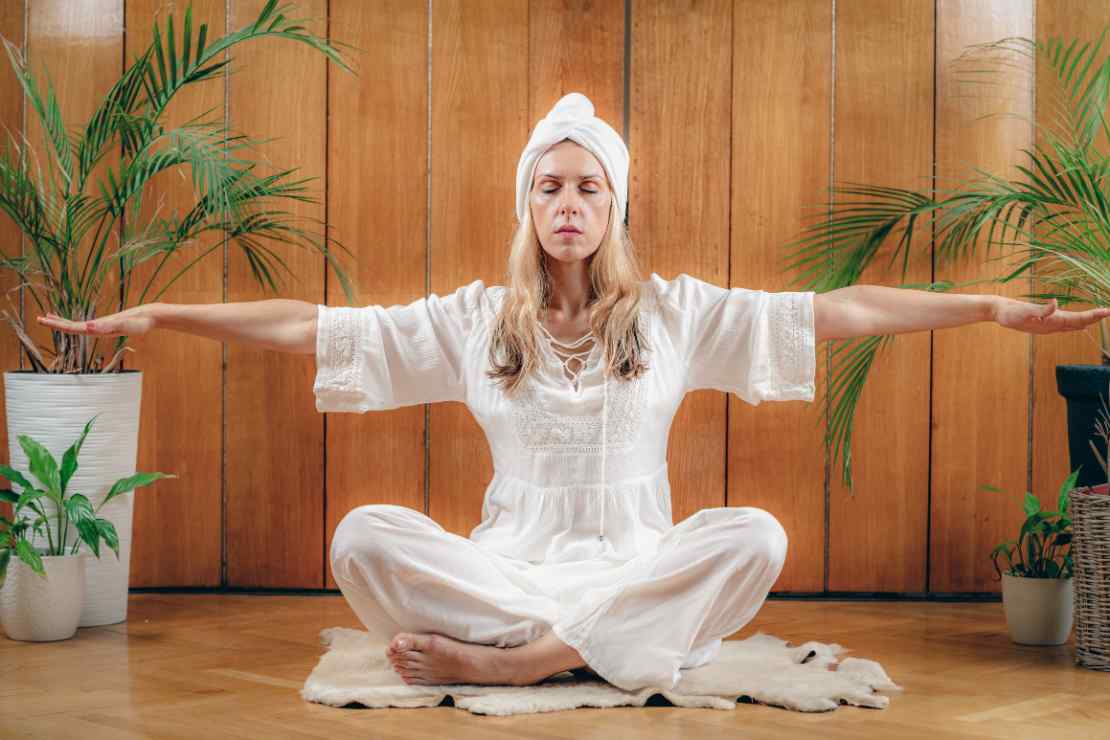
This yoga is often considered the foundation of all yoga styles. It encompasses various postures, which are also known as asanas, and breathing techniques (pranayama). Hatha yoga typically starts at a slower pace. So if you are a beginner, start your yoga practice with Hatha yoga.
How Does Hatha Yoga Differ from Other Types of Yoga?
Hatha yoga focuses on specific poses and breathwork, which provides a solid base for further enhanced yoga styles. It teaches you how to hold poses for a long time. This will allow practitioners to deepen their stretches and build strength.
Why Hatha Yoga Is Great for Beginners
- Slower Pace: The slower pace allows beginners to learn the correct alignment and modifications for each pose.
- Foundation Building: Hatha introduces fundamental poses and breathing techniques, preparing students for more challenging styles.
- Gentle Introduction: It provides a less intense introduction to yoga, making it accessible to individuals of all fitness levels.
2. Vinyasa Yoga
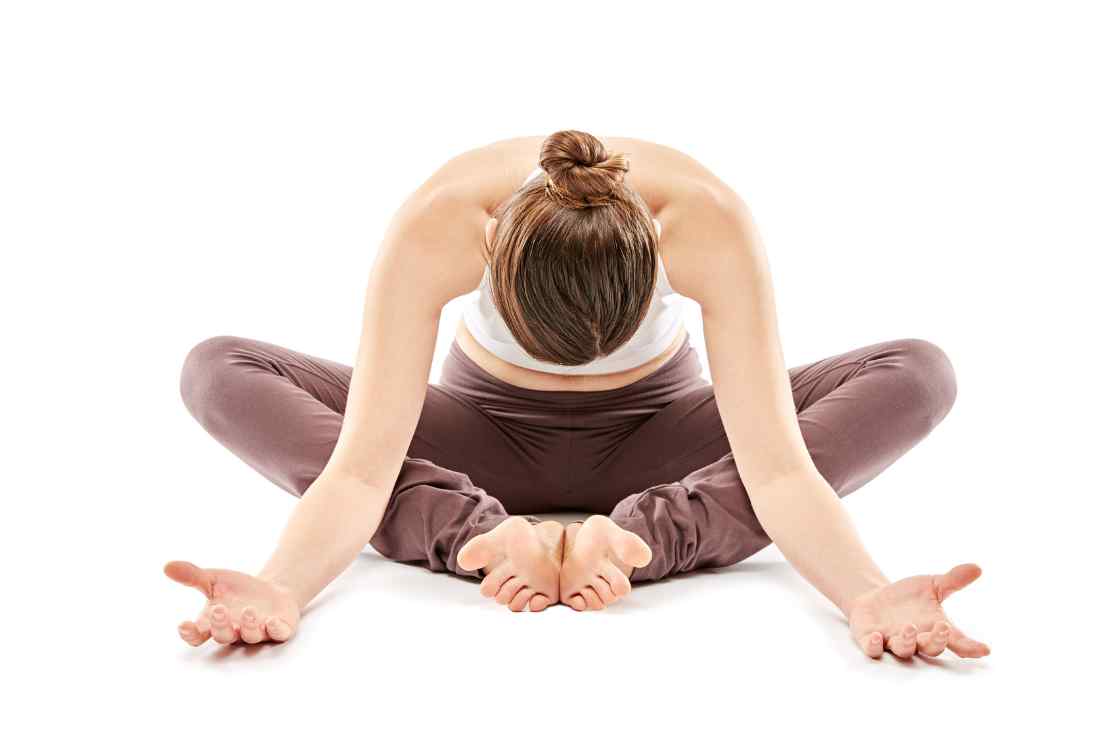
Vinyasa yoga, also known as “flow yoga,” is characterized by its smooth transitions between poses, synchronized with the breath. The movements often create a flowing sequence, generating heat and energy in the body.
How Does Vinyasa Yoga Differ from Other Styles?
Vinyasa emphasizes the connection between breath and movement, creating a dynamic and fluid practice. Unlike Hatha, which holds poses for longer periods, Vinyasa transitions between poses in a continuous flow.
3. Ashtanga Vinyasa Yoga
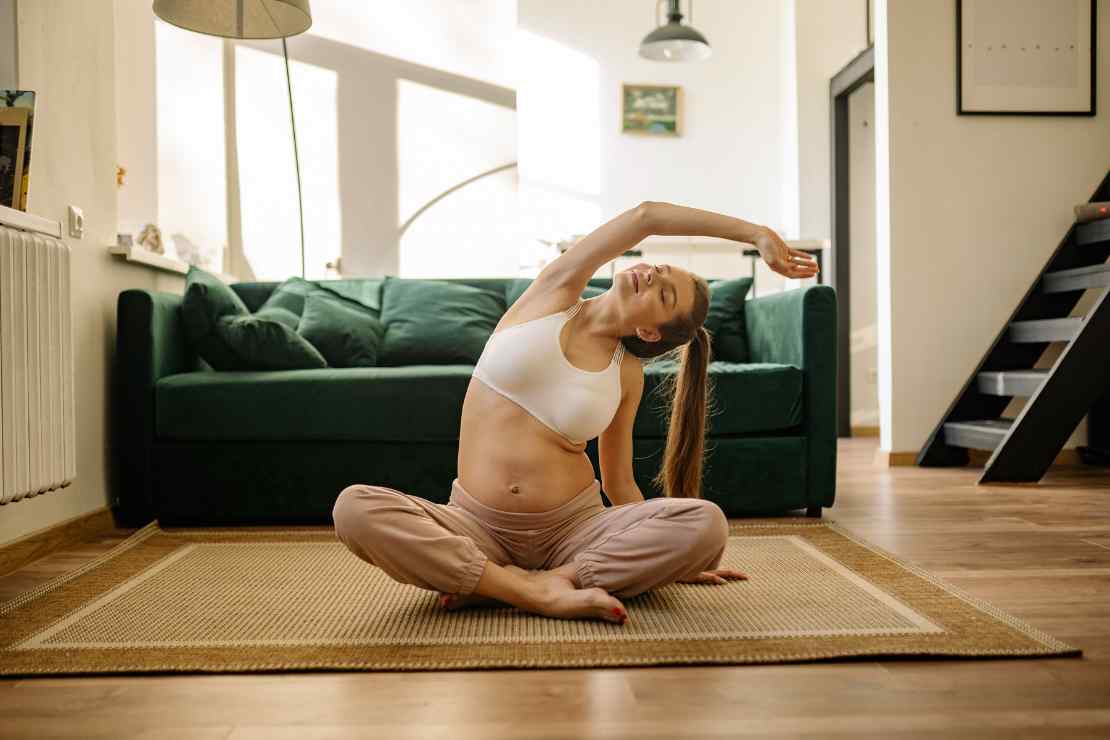
It is one of the most rigorous and well-structured yoga styles that follows a specific pose sequence. It’s known for its heat-generating sequences and emphasis on breath and bandhas (energy locks).
Why Choose Ashtanga Vinyasa Yoga?
- Discipline and Structure: The set sequence provides a consistent and challenging practice.
- Internal Heat: The dynamic movements generate internal heat, detoxifying the body.
- Mental Focus: The demanding nature of the practice cultivates focus and mental clarity.
4. Iyengar Yoga
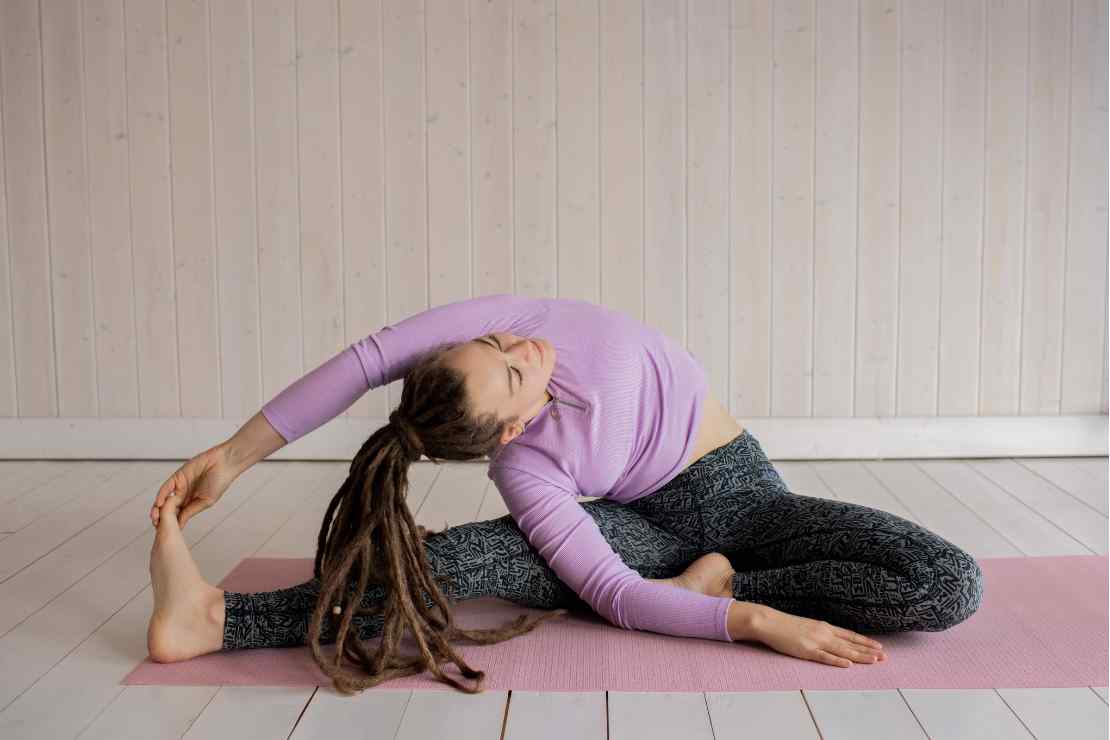
This yoga style particularly focuses on specific alignments along with the props that include blankets, straps, and blocks.
With the help of these props, students can attain and improve their body posture. It emphasizes detail and therapeutic applications of yoga.
Why select Iyengar Yoga?
You should prefer this Iyengar yoga if you wish to curve your alignment with precision detail. It will help you to prevent injuries and maximize the benefits of each pose.
The second reason to prefer Iyengar yoga is for therapeutic applications.
The next reason to go with this yoga type is that you will gain a deep understanding of it. To ensure a thorough understanding of anatomy and alignment, these individuals go through a rigorous training process.
5. Kundalini Yoga
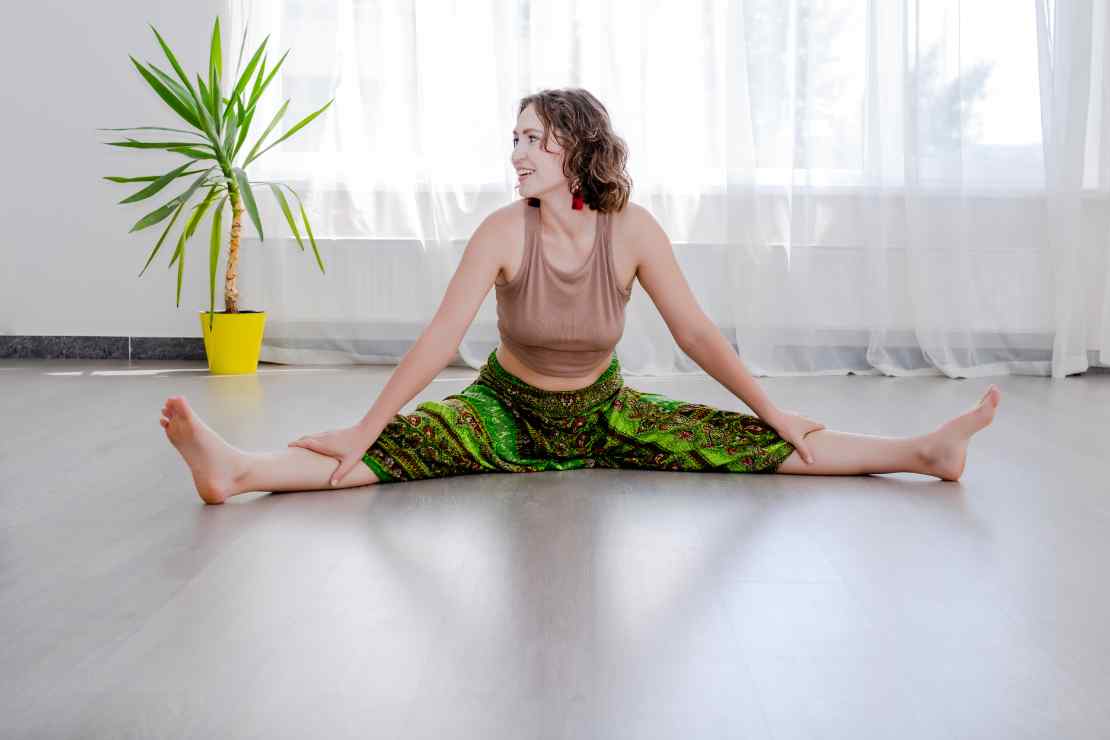
Kundalini yoga incorporates physical postures, breathwork, chanting, and meditation to awaken the kundalini energy, believed to be coiled at the base of the spine.
How Does Kundalini Yoga Differ from Other Yoga Styles?
Kundalini focuses on activating and raising energy through specific kriyas (sequences of exercises) and meditations. It’s a more spiritual and introspective style compared to some of the more physically focused practices.
6. Yin Yoga

In this yoga style, certain poses are held for 3-5 minutes on each side. Yin yoga focuses on increasing flexibility and relaxation by targeting deep connective tissues rather than solely building strength. Irrespective of your learning level, anyone can practice Yin Yoga.
7. Aerial Yoga
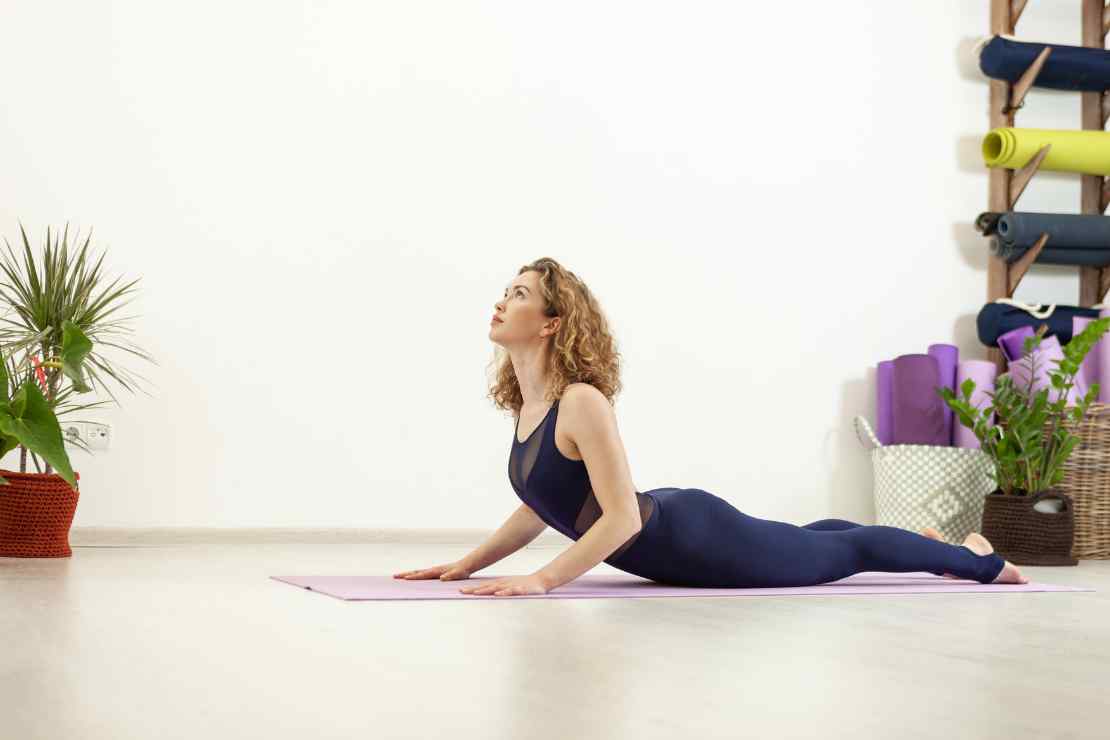
Aerial yoga uses a suspended fabric hammock to support students in performing yoga poses. It adds an element of fun and challenge to the practice, improving strength, flexibility, and balance.
Who is Aerial yoga suited for?
You can practice this aerial yoga if you have back pain, are recovering from back injuries, are a person who wants to add fun to their regular workouts, or if you want to improve flexibility and core strength.
Finding the Right Yoga Style for You: Key Considerations
There are certain considerations that you can opt for, namely.
- Consider your fitness level. If you are a beginner, start with Hatha yoga, or vinyasa.
- Decide your goals and set priorities for yourself after asking the question yourself, Why did you start yoga?
- Check your energy levels, whether you are a slow learner, a moderate learner, or an advanced learner.
- Consider your motivation for learning yoga, whether it is to increase your physical strength, calm your anxiety, or pursue your spiritual and religious goals.
- Pick a relevant style of yoga that will perfectly fit your body.
Conclusion
In this write-up, we have explored what yoga is and why we need to adopt yoga practices.
Yoga is not specific to improving physical fitness; it goes far more than that.
If you are a beginner, what yoga style do you need to pick?
How to pick the right yoga style for yourself.
What yoga style is to pick in different scenarios?
In the end, we only suggest that if you wish to perform a different yoga style, kindly perform under a trained trainee. Who will guide you in the right sequence of different yogas?
FAQs
1. What is the best type of yoga for beginners?
Hatha yoga, because of its slower pace and foundational poses.
2. How often should I do yoga?
Well, there is no specific answer to this query. It entirely depends on your physical strength and the time you have. But according to your experts, perform yoga for at least 20 minutes a day.
3. What should I wear to a yoga class?
Any outfit that can provide you with comfort, is breathable, or allow you to move easily.
4. Do I need any yoga equipment?
No, not any specific requirement. Yes, a mat is a must to bring. Rest, other props are provided by the trainer in most of the cases.
5. Is yoga suitable for everyone?
Yes, anyone can perform yoga if they have the will to do so.
6. I recently recovered from injuries. Do I need to perform yoga?
Well, in this scenario, it is advisable not to perform yoga till then your body will not be properly healed or in a stage to gain energy.

